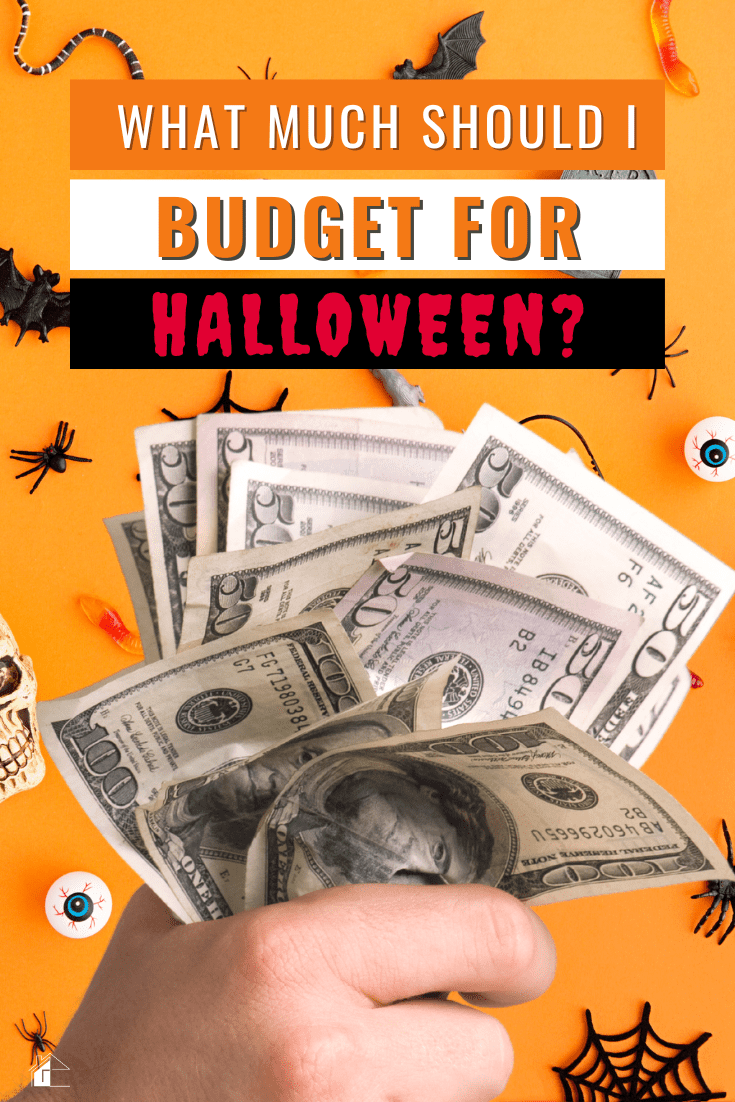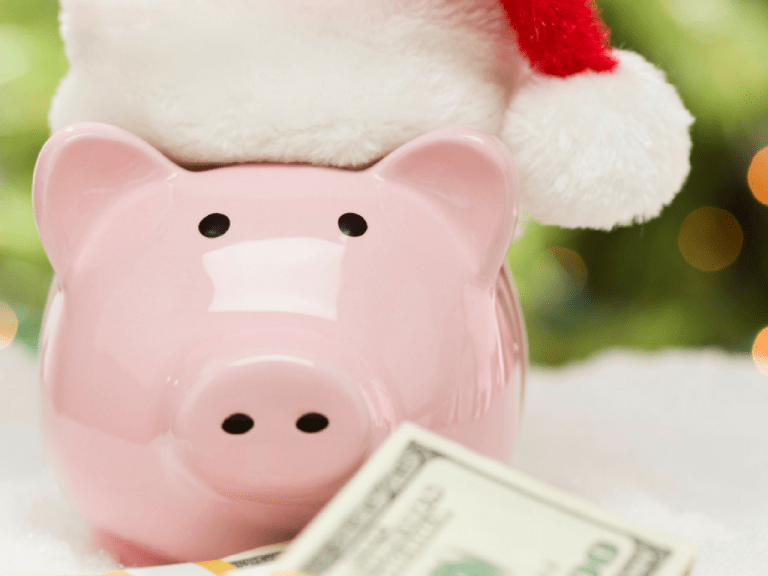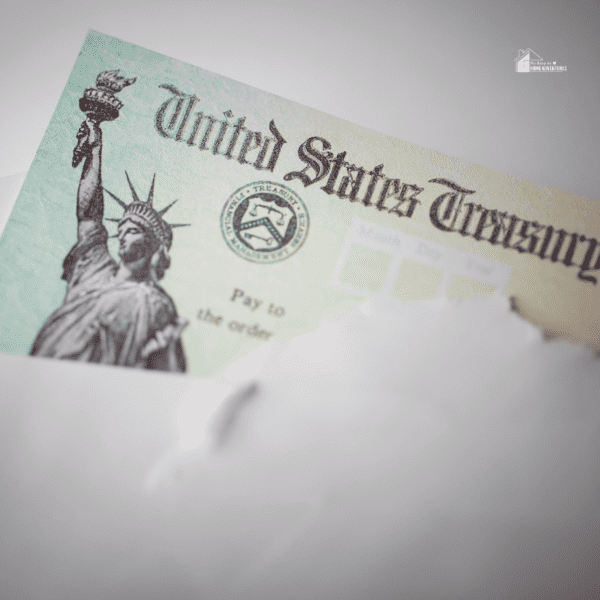How Much Should I Budget for Halloween?
This post may contain affiliate links which might earn us money. Please read my Disclosure and Privacy policies hereHalloween is one of the most exciting times of the year, but without careful planning, it can quickly become expensive. According to 2023 statistics, U.S. consumers spent $12.2 billion on Halloween-related items like costumes, candy, and decorations. The average household spent around $108.24, and for 2024, we expect these numbers to increase slightly due to inflation and growing interest in Halloween festivities.
With rising costs, it’s essential to create a Halloween budget to enjoy the holiday without overspending. Whether you’re preparing for trick-or-treaters, hosting a spooky party, or decorating your home, planning ahead will save you both money and stress.
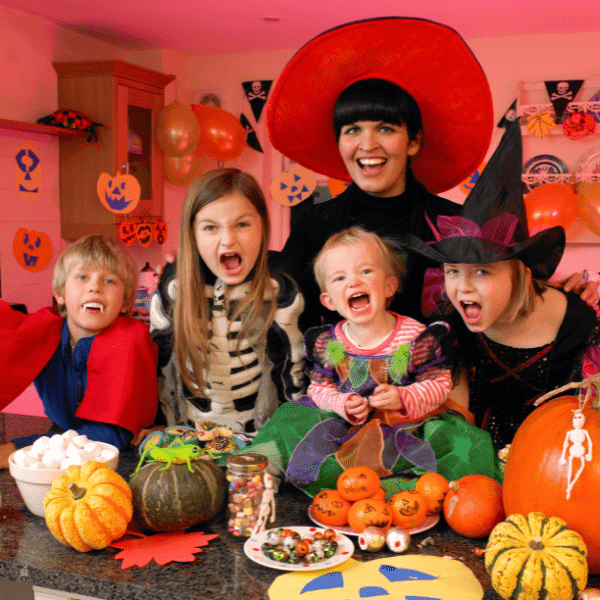
How Much Will the Average Person Spend on Halloween in 2024?
In 2023, the average household spent $108.24 on Halloween-related expenses, including $33.75 for costumes and $31.93 on candy. For 2024, candy prices are expected to rise slightly, with households likely spending between $33 and $35. This increase reflects inflation and the rising demand for higher-quality, themed candy.
Costumes will remain one of the biggest expenses, with the average person still spending around $33.75. Families looking to decorate can expect to spend between $50 and $100 on decorations, depending on how elaborate they want to go.
To avoid any surprises, creating a Halloween budget will help you prepare for these costs. Prioritize what matters most to you, whether it’s costumes, decorations, or having plenty of candy for trick-or-treaters. Breaking your budget down into categories ensures you won’t overspend in one area, leaving you without enough for other essentials.
Grab you Free Halloween Weekly Planner here!
How Much Does It Cost to Throw a Halloween Party?
Throwing a Halloween party can be a lot of fun, but it can also add to your overall costs. Here’s a breakdown of typical expenses based on 2023 estimates:
- Decorations: $50 – $200, depending on how spooky you want to get. This includes items like cobwebs, themed tablecloths, lights, and pumpkins.
- Food & Drinks: $100 – $500. The cost can vary depending on whether you provide snacks and beverages yourself or make it a potluck. Themed treats like “witch’s brew” punch or spooky cupcakes can make the event more festive but can also add to your budget.
- Entertainment: $200 – $1,000 if you hire a DJ, live band, or other forms of entertainment. If you’re looking to cut costs, create a Halloween-themed playlist using free apps like Spotify.
- Venue: If you host the party at home, the venue is free. Renting a space for a larger party could cost $100 to $1,000, depending on the size and location.
To keep your Halloween party budget-friendly, consider DIY decorations, limiting your guest list, or hosting the event potluck style. Having your guests bring themed dishes not only adds variety but also cuts down your food costs.
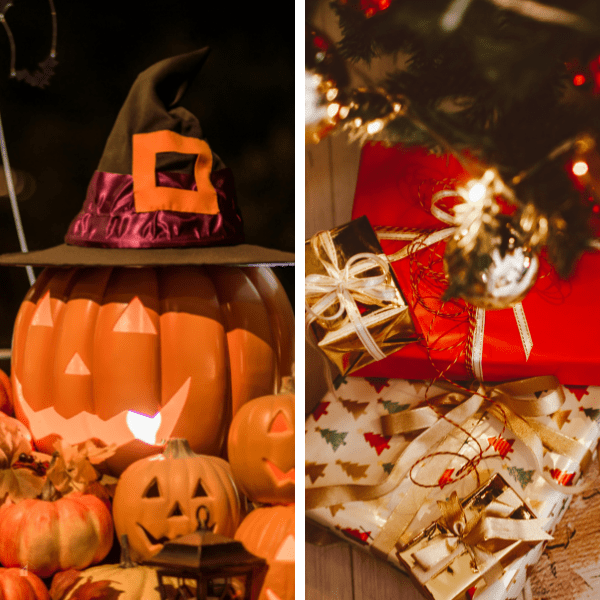
Is More Money Spent on Halloween Than Christmas?
Although Halloween spending is steadily rising, it still pales in comparison to Christmas. In 2024, Halloween spending is projected to surpass $12.2 billion, but Christmas in 2023 accounted for nearly $950 billion in spending.
While Christmas expenses focus heavily on gifts, Halloween spending tends to focus on costumes, candy, and decorations. Despite the difference, Halloween has become one of the most celebrated holidays, and consumers are increasingly willing to spend more to make the day memorable for family and friends.
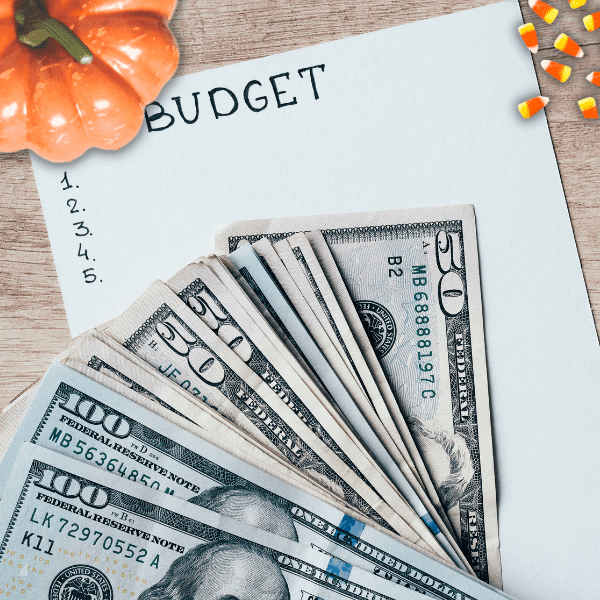
How Do You Budget for Halloween?
Creating a Halloween budget is simpler than it might seem, even if it’s your first time planning for the holiday. Here’s a step-by-step guide to help you budget without breaking the bank:
1. Identify and Prioritize Expenses:
Start by listing what you’ll need. Common Halloween expenses include:
- Candy: This is a must if you plan on giving out treats to trick-or-treaters.
- Costumes: Whether for yourself, your kids, or the whole family, costumes can be one of the biggest expenses.
- Decorations: Pumpkins, cobwebs, and spooky decor help set the tone for the holiday.
- Parties: If you plan to host a party, factor in the cost of food, drinks, party favors, and entertainment.
- Pumpkin Carving Supplies: Necessary if carving pumpkins is part of your tradition.
Once you have your list, decide what’s most important. For example, if you love hosting parties, you might prioritize food and entertainment over costumes. On the other hand, if decorating your house is your favorite part of Halloween, you could set aside more for that and less for other items.
2. Save Money with DIY:
One of the easiest ways to save money during Halloween is by making your own costumes and decorations. Not only can DIY costumes be unique, but they’re often more affordable than store-bought ones:
- Costumes: You can make creative and memorable costumes from items you already have at home or by shopping at thrift stores.
- Decorations: Homemade decorations like cardboard tombstones or tissue paper ghosts can be a great way to keep costs low while still making your space spooky.
- Party Food: If you’re hosting a party, consider making homemade treats rather than buying pre-made options. They often taste better and are cheaper.
3. Stretch Your Budget:
There are plenty of ways to make your money go further this Halloween:
- Shop Sales and Discounts: Begin shopping early for Halloween essentials to take advantage of discounts.
- Buy in Bulk: Candy is often cheaper when bought in bulk, especially if you live in a neighborhood with lots of trick-or-treaters.
- Reuse Decorations: Save decorations from year to year and reuse them. Durable decorations like plastic pumpkins or string lights can last several years, reducing your annual Halloween expenses.
4. Track Your Spending:
Keeping track of what you’re spending is important to avoid going over budget. Use a budgeting app or even a simple spreadsheet to record your Halloween purchases. This will give you a clear overview of where your money is going and how to adjust as needed.
5. Post-Halloween Savings Tips:
- Leftover Candy: Don’t let extra candy go to waste. It can be used for baking, frozen for later, or donated.
- Store Decorations: Carefully pack away your decorations to reuse them next year. This helps save money in the long run.
By following these steps, you can create a Halloween budget that allows you to enjoy the holiday without the fear of overspending.
How Can You Save Money on Halloween?
Saving money on Halloween is all about being resourceful. Here are a few additional ways to cut costs:
- DIY Costumes and Decorations: Homemade costumes and decorations are cheaper and often more fun to make. Get creative with items you already own or buy inexpensive materials from thrift stores or dollar stores.
- Buy Candy in Bulk: Purchasing large bags of candy from wholesale stores like Costco or Sam’s Club can save money, especially if you expect a lot of trick-or-treaters.
- Reuse and Repurpose: Save costumes and decorations from previous years to avoid buying new ones every Halloween. Even simple costume additions or repurposed decorations can give your home a refreshed look without a hefty price tag.
- Host a Potluck: Hosting a party? Ask guests to contribute a dish or drinks. This will help lower the overall cost of food while also adding variety to the menu.
Sample Halloween Budget for 2024
According to Capital One Shopping's research on Halloween spending, the average household can expect to spend the following:
| Expense | Estimated Cost |
|---|---|
| Costumes (per person) | $30 – $40 |
| Candy | $33 – $35 |
| Decorations | $50 – $100 |
| Pumpkin Carving Supplies | $10 – $30 |
| Halloween Party (if hosting) | $100 – $300 |
| Total | $210 – $510 |
These figures are based on 2023 data and provide a realistic guide for 2024 Halloween spending. For more details, you can read the full report at Capital One Shopping.
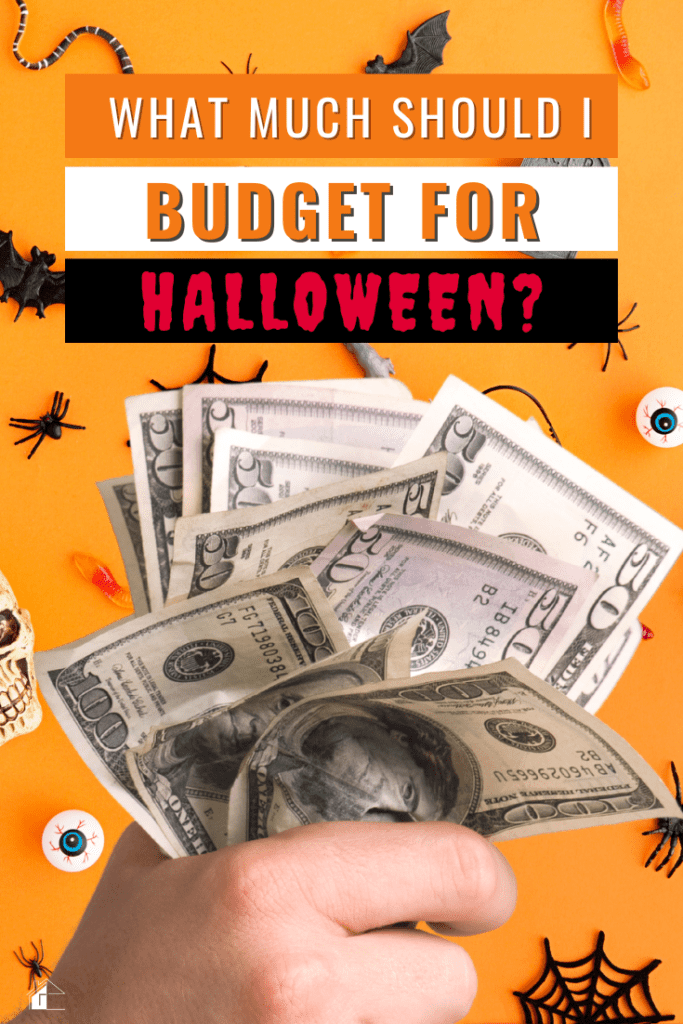
Conclusion
Halloween is a fun and festive holiday, but it doesn’t have to break the bank. By setting a Halloween budget, you can keep your spending under control while still enjoying the festivities.
Planning ahead, prioritizing expenses, and using DIY solutions are key to having a fun and affordable holiday. Whether you're buying costumes, hosting a party, or stocking up on candy, budgeting will help ensure a stress-free and enjoyable Halloween for you and your family.

